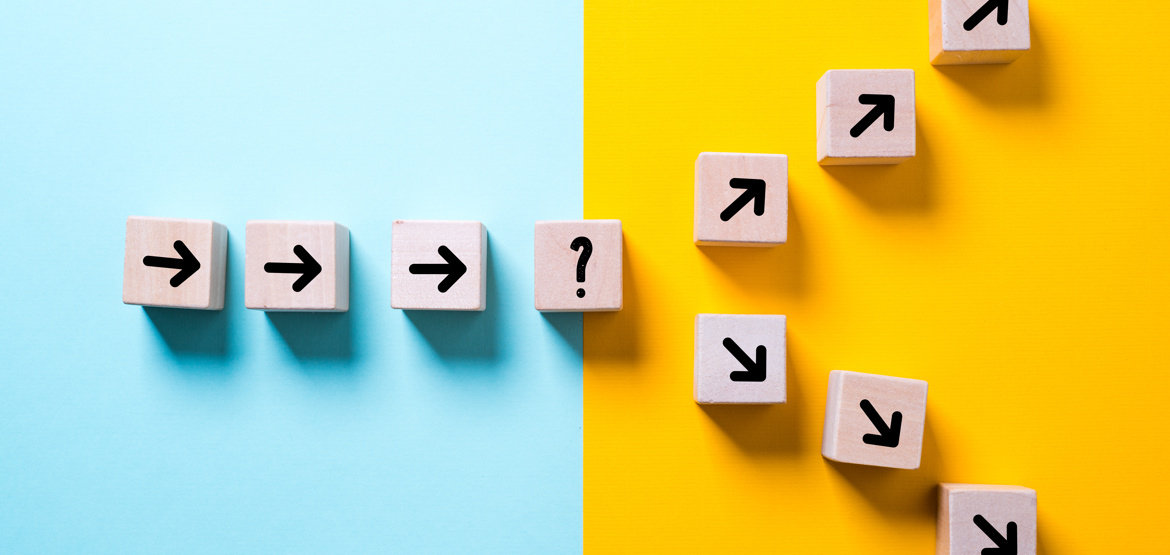What’s the difference between low alcohol and alcohol-free drinks?
When it comes to product labelling, alcohol-free, low alcohol and non-alcoholic all mean different things.

There are lots of good reasons to cut down on the amount we drink. It can reduce the risk of seven types of cancer, as well as improving sleep quality and mood. Recently alcohol-free alternatives have seen a rise in popularity as one way of cutting down. But the labelling of these products can cause confusion. So what do the labels really mean?
‘Alcohol-free’ products can contain a small amount of alcohol?
‘Low alcohol’ labelling
There are three categorisations that apply to drinks produced in the UK:
- Alcohol-free: no more than 0.05%ABV
- De-alcoholised: no more than 0.5% ABV
- Low alcohol: no more than 1.2% ABV
This means that ‘alcohol-free’ beers can contain a very small amount of alcohol. But how much is 0.05% ABV? To give you some context, a pint (568ml) of 1% ABV beer contains just over half a unit of alcohol[1], which is why 0.05% ABV drinks can be labelled as alcohol-free.
But across Europe and in the USA, ‘alcohol-free’ means anything under 0.5% ABV, so imported products can be labelled differently.
Alcohol by Volume (ABV) tells you what percentage of the drink is alcohol. So a pint of 4% ABV lager would contain 4% alcohol.
What is a non-alcoholic drink?
‘Non-alcoholic’ drinks don’t contain alcohol. Examples include soft drinks such as cola or orange juice, and mocktails that don’t contain ingredients that are alcoholic. The government guidelines for labelling state that the term non-alcoholic should not be used “in conjunction with a name commonly associated with an alcoholic drink” except for non-alcoholic wine that is used exclusively for religious purposes[2].
So while we might refer to them as ‘non-alcoholic’ beers, they would be labelled as ‘alcohol-free’ beers, as long as they’re under 0.05% ABV.
What if I want to avoid alcohol completely?
There are many reasons why people choose to avoid alcohol completely, and it is personal choice regarding the decision to drink alcohol-free drinks while avoiding alcohol. However, for those in recovery from alcohol dependence, alcohol-free products can be triggering, so it is safest not to drink them.
Always check the label
Whether you’re looking for an alcohol-free or low alcohol drink, always check the label to decide which one is right for you.
Looking for an exciting non-alcoholic drink? Why not try one of our summer mocktail recipes
[1] https://www.nhs.uk/live-well/alcohol-support/calculating-alcohol-units/